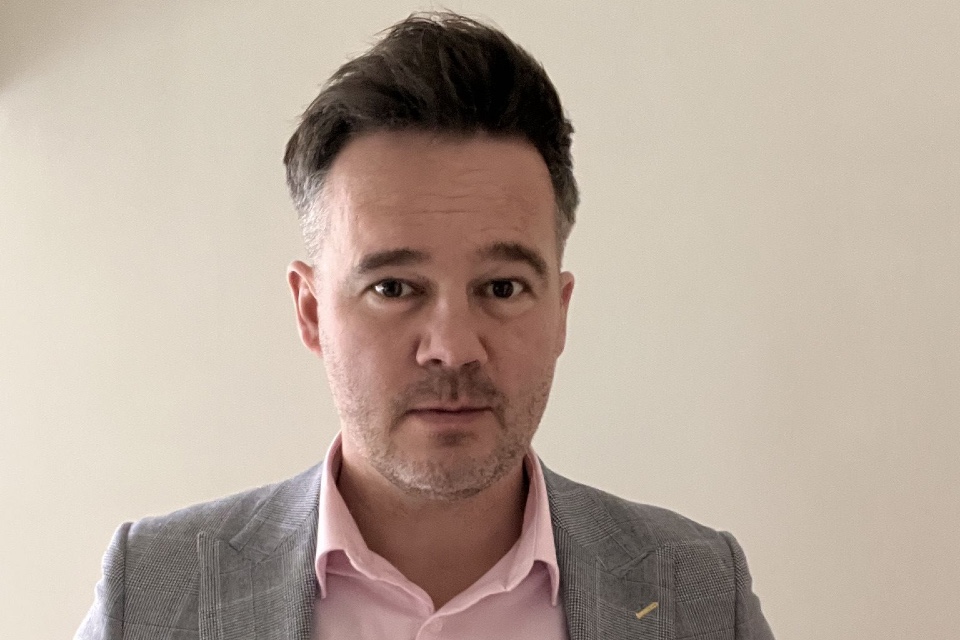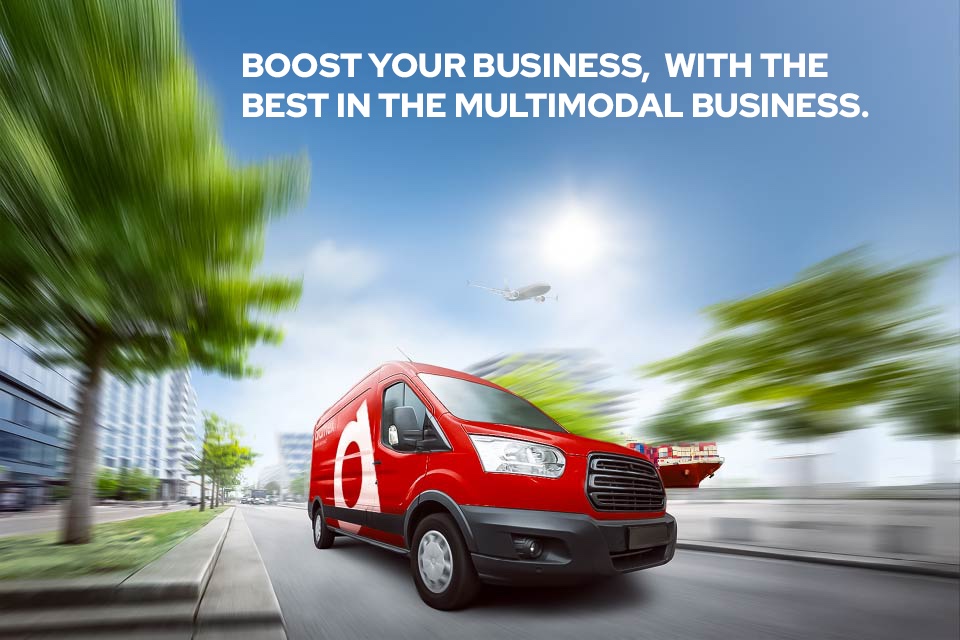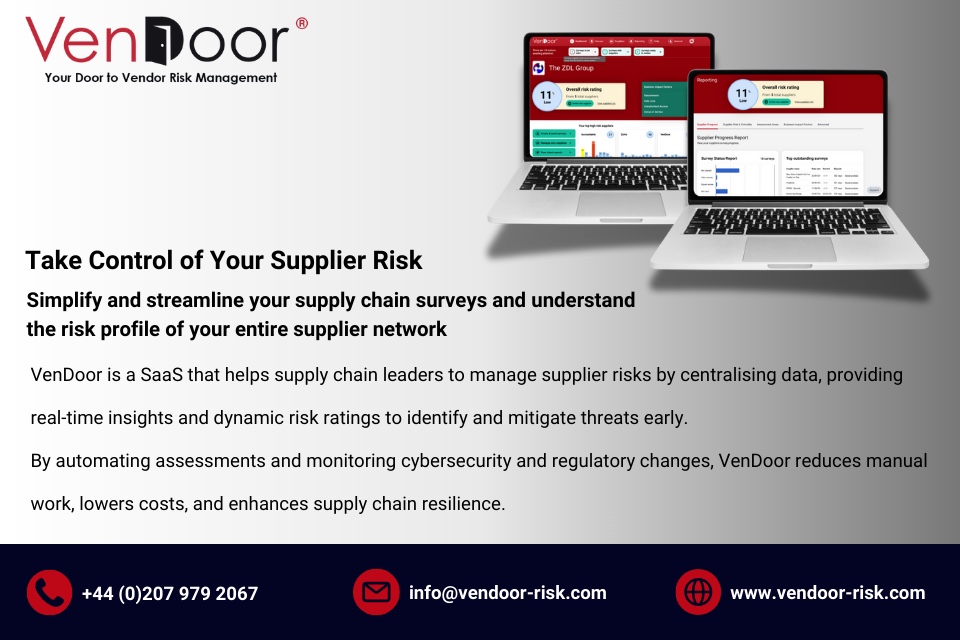The Operational IoT market continues to expand as organisations across the world imagine an extraordinary range of opportunities to leverage sensor technology. Weather monitoring stations are transforming the efficiency and environmental performance of remote copper mines and helping farmers to safeguard crops and livestock in a changing climate. The shipping industry is improving cargo traceability to mitigate on-going disruption. Charities are monitoring water quality across Africa to ensure remote communities have reliable access to safe drinking water.
With the arrival of robust, proven, cost-effective satellite connection, the true potential of these IoT applications can be realised. With estimates suggesting there will be tens of millions of satellite IoT devices in use by 2030, access to reliable, global coverage is now enabling new opportunities for systems integrators (SIs) across the world.
It is now time for SIs to build a business case for Satellite IoT, says Eric Ménard, Vice President Strategy and Business, Astrocast…
Market Expectation
Satellite connectivity may have been available for years, but the market has been waiting for a satellite connection designed specifically for widescale IoT deployment. Many of the key target applications – from agriculture to supply chain – do not require the continuous or real-time communication associated with high-cost legacy satellite connectivity. These solutions play a critical role but they are too expensive and power hungry to support a compelling business case for most Operational IoT deployments.
A farmer requires only daily or twice daily updates of cattle location to track herd health. A copper mine uses intermittent updates on the water table level to provide operational visibility and meet environmental regulation. A shipping line does not require real-time updates of the temperature of its containers . Transmitting data either once or twice a day – or taking multiple recordings which can be buffered and uploaded every 12 hours – is perfectly adequate.
The value of this data is significant – especially in areas such as shipping. The use of IoT sensors can ensure high value cargo, including pharmaceuticals, are kept at the right temperature and left untampered. Any deviation will prompt an alarm and allow remediation where possible, resulting in less wastage and better integrity.
Building Confidence
However, while the business case is compelling, such IoT operations are incredibly cost sensitive. When a deployment may extend to tens of thousands, even hundreds of thousands of devices, small differences in performance and lifetime will fundamentally change the return on investment (ROI). The business case becomes even more sensitive when extended to remote areas without terrestrial network coverage and require satellite connectivity. How can the sensors be deployed to remote locations cost effectively? What is the cost of satellite transmission? How long must the battery last on a sensor to ensure the ROI is not compromised? Plus, how can the data be collected and used to drive tangible commercial benefits?
Even before exploring the technology, SIs need robust due diligence to ensure confidence in the business credibility and model of the satellite provider. Ensuring excellent satellite coverage, including across international water, is essential. Business longevity is also fundamental for deployments that could be in the field for a decade.
In addition to verifying strong financial credentials, it is also important to assess the billing model, contractual arrangements, warranties and support structure. Is the company committed to supporting its SIs not only in the prototyping and field-testing phase, but also through industrialisation, production and taking the solution to the market? Each stage of this process will raise new challenges. Having a partner in place with both the knowledge and commitment to overcome problems will transform the likelihood of commercial success.
Proof of Concept
Only once the foundations of a business case have been confirmed should an SI make the investment in a technology assessment. For many SIs looking to expand existing IoT solutions, speed of integration is an important consideration. From the quality of documentation to availability of training, the way a satellite company works with its SIs to ease the integration of SatIoT in to the existing IoT solution set can make a significant difference in time to market.
For the past few years, a number of innovative SIs have been testing the latest generation of cost- effective SatIoT connectivity to determine the viability and requirements of an industrial scale deployment. They have built prototypes and invested in field testing. The process has highlighted the importance of ultra-low battery consumption to minimise the need for replacements in situ. Typically, a business case may only stand up if the battery lasts five to ten years. In some locations, the Satellite IoT solution can be integrated with a solar panel, overcoming the need for a dedicated battery.
SIs have also worked closely with SatIoT providers to optimise antenna design and ensure the antenna is both reliable and easy to integrate. A small, flat antenna may be essential but additional questions will arise specific to an area of deployment. For example, lightweight but robust enclosures are now used to securely attach an antenna to livestock to track their movement across remote farmland and identify any that leave the herd, indicating ill-health or injury. Or a simple addition of a Bluetooth connection between the device and the SatIoT antenna provides an excellent solution to achieve indoor satellite IoT deployments in rural locations with no terrestrial networks.
The availability of bidirectional connectivity also provides SIs with a future proofed solution. Updates can be downloaded remotely to the sensors as required – for example, if a customer wants to change the frequency of data recording.
Conclusion
These innovators have led the way, discovering how to optimise SatIoT solutions and antenna design to deliver a robust, viable and cost-effective deployment. Critically, these companies have proved the business case for Satellite IoT. While the demand was never in question, the technology is now in place to enable it. Whether it is shipping containers or agriculture or environmental monitoring or animal tracking, SatIoT developments are now moving into the next phase of industrial scale deployment.
And this is just the start. The shipping industry, for example, has an array of complex operational challenges in its management of 50 million containers across the globe. Tracking location and temperature monitoring are delivering financial benefits. Adding the ability to identify whether a container has been entered or tampered with during the voyage, will support the war on piracy and drugs. Adding smoke detectors will raise the alarm when fire breaks out on board – an increasing concern if owners fail to inform the shipping company that the container holds self-combusting cargo, such as Lithium-Ion batteries.
The door is open for SIs across the world to build on the knowledge gained over the last few years, explore the global reach of cost-effective satellite connections and build a compelling business case for Satellite IoT solutions that will transform operational efficiency for organisations of every size across the world.







